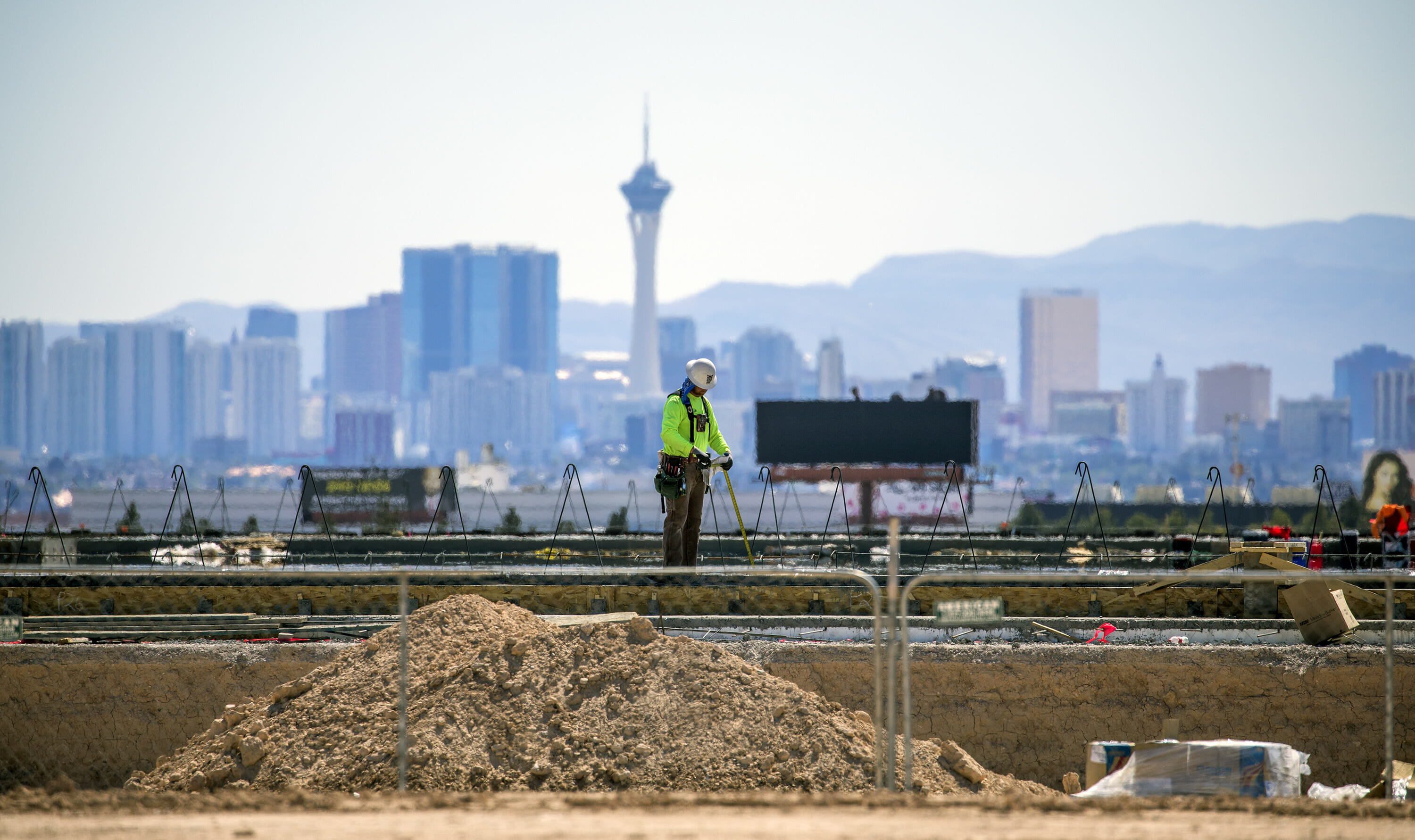Pay now or pay a lot more later

I’m a fiscal conservative. So I appreciate it when Rep. Amodei approaches an issue by asking important questions: What’s causing the problem? What can we do to fix it? How much will it cost? What do we get for our money?
Asking questions is part of responsible management. And solving problems before they get too big is common sense.
In a recent interview with The Nevada Independent, Rep. Amodei said that no one wants dirty air, dirty water or polluted soil. He also expressed support for lowering the nation’s carbon footprint, pointing out that the U.S. has made progress.
And he’s right. Between 1990 and 2020, total U.S. greenhouse gas emissions have gone down 7 percent. But this is poor progress. We need better.
We know what’s causing this problem. The causes have been studied and investigated for decades by scientists, economists and businesspeople.
The good news is that we know how to fix the problem. There are specific technology and policy solutions available today to reduce greenhouse gas emissions in every sector (transportation, energy, manufacturing, buildings, etc.) We do need some research and development dollars to find solutions in areas that are hard to decarbonize, like cement production. But the technology we have today will get us a long way towards our greenhouse reduction goals.
How much will this cost? This question has two sides: How much will it cost to reduce greenhouse gas emissions? And how much will it cost if we don’t?
Deloitte, one of the premier accounting, tax, and consulting companies, recently issued a report about the economic impact of climate change. The company compared two scenarios: 1) The U.S. does nothing more to address climate change; 2) The U.S. and other nations take the steps needed to reach the goals outlined in the Paris and Glasgow Agreements.
Deloitte estimated the gain to the U.S. economy from decarbonizing is $3 trillion. If we do nothing, the cost is $14.5 trillion. Decarbonizing is a huge business opportunity we can’t miss for many reasons, especially in sunny Nevada.
Here's what Deloitte Deputy CEO Alicia Rose said: "Our analysis shows that a rapid transition to net-zero could truly drive a new Industrial Revolution and jump-start growth in the U.S. economy in the long term.”
“Net-zero” is a shorthand term people use when greenhouse gas emissions are completely offset by emissions taken out of the atmosphere (like growing trees). Greenhouse gases (GHG) trap heat in the atmosphere. The problem is that we’re releasing large amounts of GHGs every year, and it’s overheating our planet.
We’ve felt the impact in Nevada. The current drought is the worst in 1,200 years. Reno and Las Vegas are two of the fastest warming cities in the U.S. Wildfires spread faster with hot, dry conditions, which makes air pollution worse for everyone downwind.
Nevadans are facing the cost of hardening our homes against wildfire, installing air filtration systems and retrofitting buildings to improve energy efficiency and comfort. Not everyone can afford this, and renters have little control over the buildings they live in.
Beyond the cost of environmental disasters like wildfires and hurricanes, businesses suffer additional impacts. Heat stress reduces productivity. Drought reduces agricultural yields. Wildfires and a shorter snow season reduce tourism.
Clearly, the cost of doing nothing about this problem is too high. Are there government policy solutions that will help fix the problem?
Yes! Put a gradually increasing price on carbon pollution and give all the fees collected back to households. This market mechanism will give businesses an incentive to reduce GHG emissions and provide households with the means to reduce their carbon footprint. “Pricing of greenhouse gases, including carbon, is a crucial tool in any cost-effective climate change mitigation strategy,” according to the latest IPCC report.
Business leaders like the Business Roundtable and the American Petroleum Institute, economists and healthcare organizations agree: A strong, economy-wide price on carbon could reduce America’s carbon pollution 50 percent by 2030, putting us on track to reach net zero by 2050.
We know how much this problem is costing Americans right now, and the cost will keep going up. We know the cause. We know what to do. It’s time to act.
I appreciate Rep. Amodei’ s thoughtful deliberation on complex problems. But let’s not get trapped by analysis paralysis. It’s time to come up with a responsible plan to reduce U.S. greenhouse gas emissions to net zero by 2050 before the problem gets too big.
Michelle Hamilton is a marketing consultant in Reno, and a co-group leader of the Reno/Sparks Chapter of Citizens’ Climate Lobby—a non-partisan grassroots organization working to create the political will to address climate change.
